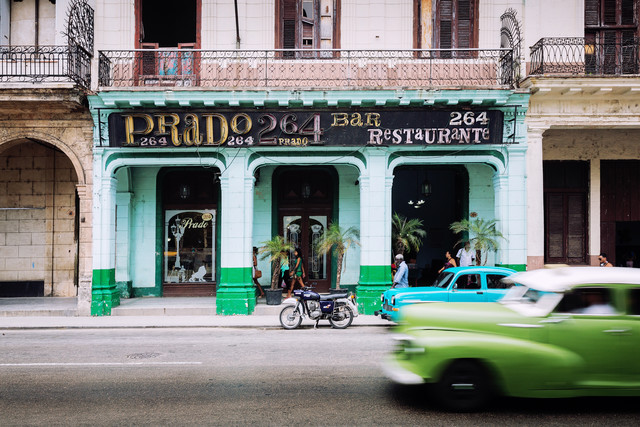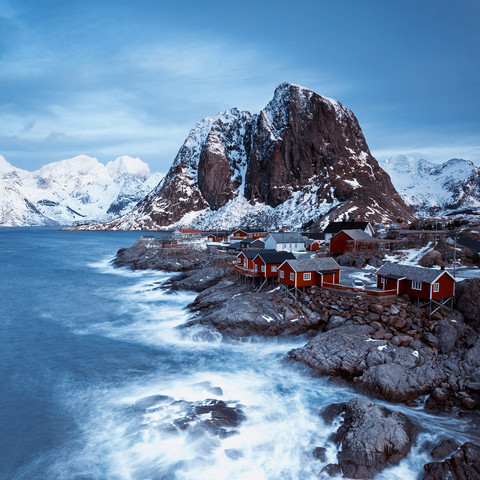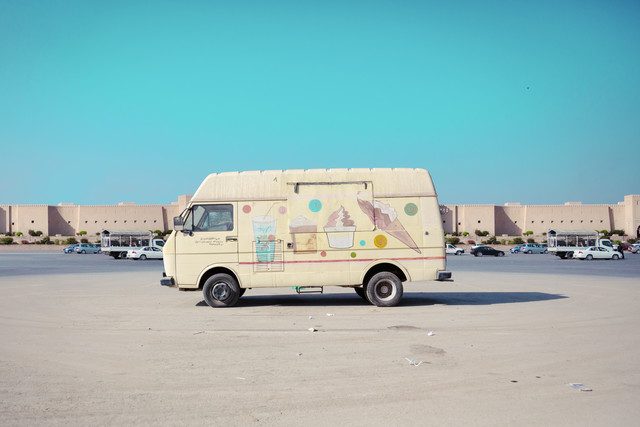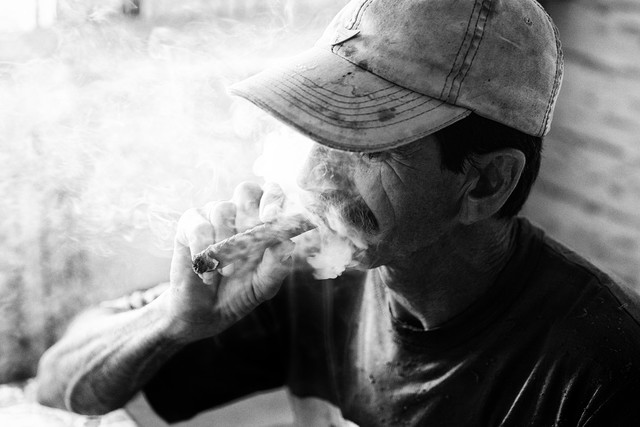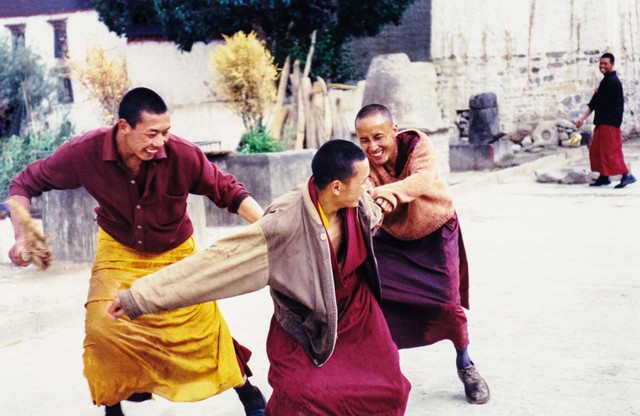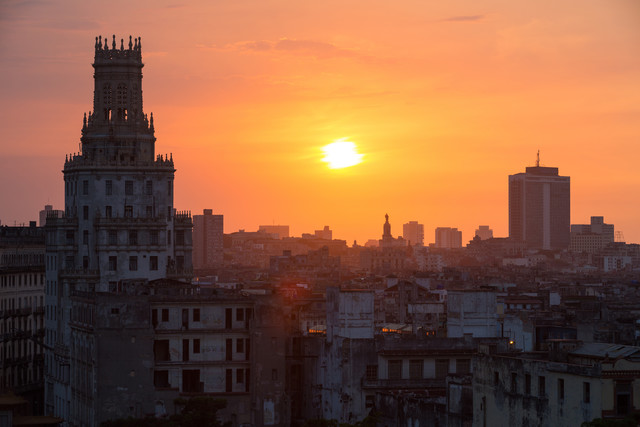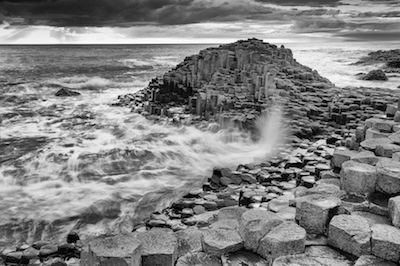Photocircle photographer Eva Stadler is a journalist, editor and project manager from Munich, Germany. She loves design and typography, and adores surprising photography. On photocircle.net Eva sells a selection of her pictures and supports development and humanitarian projects through her sales.
Every destination has its own culture, peculiarities and sights. How do you do your pre-trip location scouting?
When I have finally decided where to go (the bucket list is very, very long), I do a lot of online research. The first things I look for are the sights and vistas, important buildings or monuments, signature landscapes, clothes, people, markets, animals, even colors etc. What pictures are there already? What technique or angle could add a twist to a well-known motif? Since time is always limited, I’m planning every trip carefully. I try to concentrate on a few places I definitely want to see and at what time of day, and leave time and space for unexpected situations.
I try to figure out what it will be like at my chosen destination as a foreign woman with a huge camera and backpack and how people will react. Most travel guides offer advice on how, when, or where to take pictures without hurting feelings. I take these very seriously. It might not even have consequences, but it makes me feel bad if someone rolls their eyes at me or thinks I’m being rude.
Carrying a lot of equipment while travelling can be quite arduous. What can you really not do without and what’s best left at home?
To begin with, I ask myself: what do I want from the pictures of this specific travel destination? Should they be documentary or artful, or just good personal memories? Can I sell them as fine art prints, offer them to news agencies or (online) galleries, tell real life stories for books or magazines, or create motifs that work without context?
What kind of style do I want my pictures to have? When I’m going to capture wild animals I’ll bring equipment which is suitable for that, but when I know there will be interesting architecture or that I’m going to do long time exposures I’ll bring different equipment.
Having said that I realize that it’s really not true: I almost always bring everything. Because, whenever I leave a single item at home or at the hotel, it’s precisely the thing I would have needed. However, I don’t bring the tripod in broad daylight when I don’t plan to do long exposure shots of running water or something similar.
What kind of tripod do you use?
I use a Manfrotto tripod with a ball head and joystick handle. It works well for me, but if I were more into architecture and perfect symmetry, I’d use a tripod head with several leveling bubbles.
You just found the perfect scenery, tomorrow you’ll be in a new place already, but right now the lighting just won’t do. What do you do to still get that picture?
If the sun is glaring I’ll darken the sky with a graduated filter and use a polar filter, depending on the sun’s angle; later I’ll adjust shadows and highlights in Photoshop. Overexposure can help; if the sky has a stale greyish color for example. It depends on what it is about the scenery that fascinates me. If nothing helps, I forget about this one; luckily, there’s always another ‚perfect scenery’.
Language barrier, intercultural differences – it’s not necessarily easy to take photos of people when travelling a foreign country or continent. What are the dos and don’ts of people photography while abroad?
Do ask people for permission, accept their first ‚no‘, never give money to children for pictures. Some ‚models‘ ask for a bit of money, I’ve seen it for example in Cuba (ladies in colorful clothes with big cigars) or Nepal (Sadhus). Do give the money, or don’t take the picture. If you hear a ‚no‘, don’t walk round the next corner and sneak up on the same person with your 400 mm zoom lens. Smile at people, talk, take your time, answer questions. After all, you’re the stranger, and many people are interested in what you think about their country.
Do you always ask permission before photographing strangers?
When standing in the middle of a crowded souk, street or place I can’t do that, of course. In any other case: I absolutely do.
How much of your time travelling do you actually dedicate to photography? Is your camera always at hand or do you need a conscious break from taking pictures in between, to stay creative?
I need breaks because taking pictures absorbs a lot of energy and attention. When I‘m seriously after a certain motif, I don’t hear birds singing (or cars approaching…), I forget to drink enough water and I certainly forget to consider my travelling partners‘ patience. I do a lot of travelling in order to take pictures, but I’d be disappointed in myself if I didn’t try to take in other impressions too.
Can you tell us about a photo that was particularly difficult to shoot and why, and how you dealt with the situation?
I took this photo in June 2016 in Northern Ireland, at the famous Giant’s Causeway. We were late. We parked the car where we were supposed to, then realized it was about a kilometers walk down to the beach. The sun was setting. Rain was beginning to fall. The light was dramatic and shifting very quickly. The stones were getting more and more slippery. The Causeway is huge, and there was little time to pick a good spot. I chose this one in order to have some basalt rock formation in the foreground and the little hill as the main focus. I tried several shots and settled for 0,6 sec. in order to capture the moving water in this way – not too blurry, not too “frozen”. I used a graduated filter, but the area around the sun was still too bright. In the end, the lower parts of the rocks looked oily black, while the upper parts looked too clean somehow. The sky was both inky blue and glaring white where the sun came through. Since I didn’t like the overall feel of the image, after some basic editing in Lightroom, I converted it to black and white in Photoshop.

